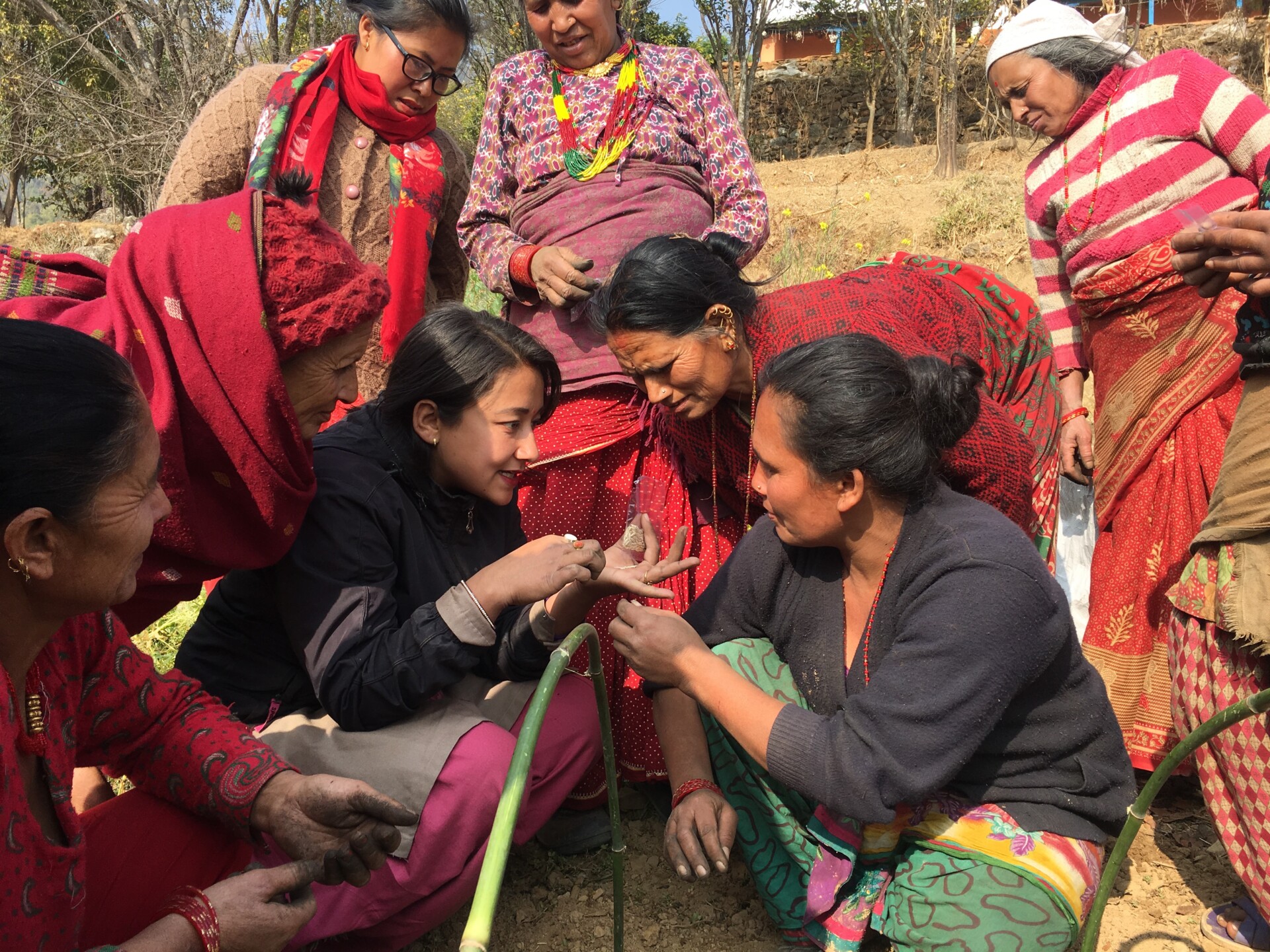
Community-based Approach to Development in Rural Nepal
Nepal garnered international media coverage when a 7.8 magnitude earthquake devastated the country on April 25, 2015. This catastrophic earthquake serves as a constant reminder that Nepal – a notoriously disaster-prone country – constantly faces a multitude of natural disasters including earthquakes, floods, and landslides. As such, the incorporation of disaster resiliency in communities in development projects such as the Punarnirman project is imperative to acknowledging the economic and social losses associated with disasters that communities in Nepal routinely experience.
I believe that the Punarnirman project’s accomplishments in improving the well-being and resiliency of disaster-affected communities in Nepal will remain even decades after the project ends. This is because the project facilitates learning amongst project beneficiaries by hosting workshops on agricultural infrastructure development using almost exclusively local resources and human capital. This is further achieved through the project’s community-based approach.
Before beginning the construction phase for a plant nursery, a field staff of the Punarnirman project will typically communicate with project beneficiaries that there will be a multi-day hands-on workshop facilitated by an agricultural specialist generally from CECI. Through hands-on workshops hosted by CECI, project beneficiaries are directly engaged throughout the construction and set-up phase of plant nurseries. Project beneficiaries are directly responsible for the success or failure of the nursery during the workshop as it is being built for a voluntary household involved in the project. This workshop model is then replicated in the households of other project beneficiaries within the community, often without direct supervision from CECI or Tuki.

For many of the project beneficiaries, they will retain their knowledge and skills with the potential of knowledge sharing with others. Ultimately, project beneficiaries will develop self-reliance within their communities while they become more capable of independently recovering their economic livelihood following a future disaster. As the communities and households become more self-reliant in salvaging their economic livelihood during the post-disaster recovery phase, they will instinctively develop more resiliency towards disasters that may threaten their economic livelihood.
This community-based approach has been well received by project beneficiaries as they feel more knowledgeable about setting up locally accessible agricultural infrastructure, and consequently more economically empowered. When I attended plant nursery set-ups in Sindhupalchowk, I directly observed project beneficiaries huddled around a potting tray as they planted tomato seeds. To my delight, project beneficiaries felt engaged and frequently made banter amongst each other, leaving the workshop’s atmosphere filled with laughter. Even without the project’s continuous guidance, I believe that project beneficiaries will be able to mimic past designs and techniques that were taught in hands-on workshops. For a farmer to be able to independently set-up a plant nursery using local resources, it is a valuable asset that can be leveraged for their economic livelihood.
In approximately one month, I will be completing the last few weeks of my internship at Tuki Association Sunkoshi. Fortunately, I will leave with the confidence that the Punarnirman project will continue to improve resiliency of farming communities in rural Nepal for future disasters that may threaten existing economic livelihoods in agriculture.

